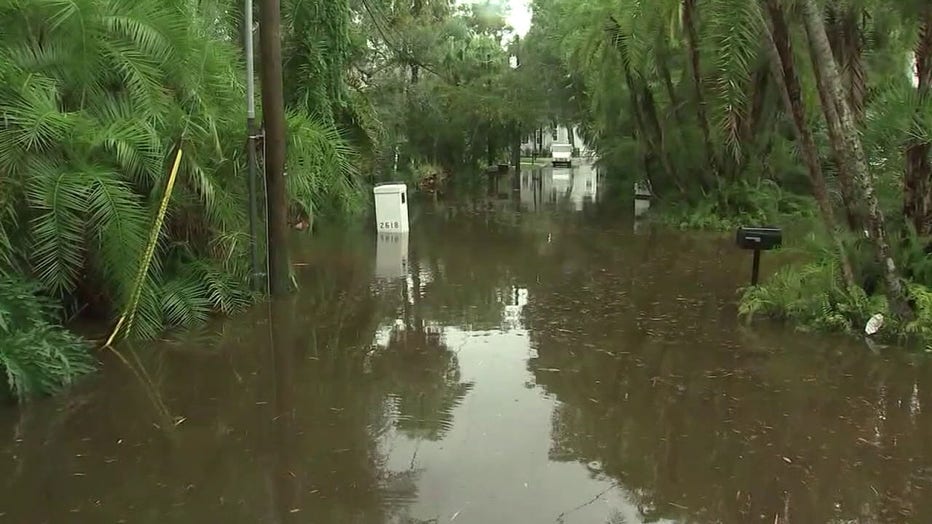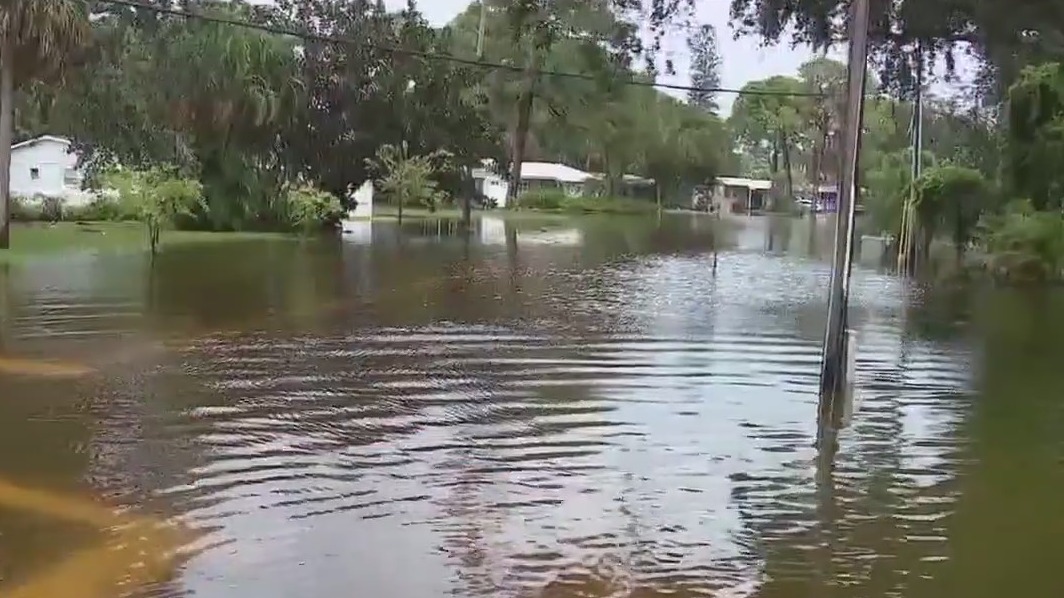Florida reports four deaths from flesh-eating bacteria so far in 2025
TAMPA, Fla. - Florida leads the nation in cases of Vibrio vulnificus — a rare but deadly flesh-eating bacteria that thrives in warm, brackish water.
What we know:
New data from the Florida Department of Health shows 11 confirmed cases in the first half of 2025, including four deaths. One of those deaths happened in Hillsborough County.
READ: Research suggests link between diet and depression risk in women
Experts say the bacteria enters the body through open wounds or scratches, especially when people swim or wade in brackish water — a mix of fresh and salt water commonly found in estuaries and canals.
By the numbers:
So far, 11 confirmed cases of Vibrio vulnificus have been reported in Florida this year. Of those, four deaths have been reported statewide, including one in Hillsborough County.
In 2024, there were 82 cases and 19 deaths, numbers driven up by post-hurricane flooding.
MORE: Plague in Arizona: Health officials address concerns after Flagstaff death
What they're saying:
"It usually comes from brackish water," said Dr. John Sinnott, USF professor of medicine. "You can get it by entering the water with an open wound or even just a scratch on your foot or leg."

Sinnott explained that during hurricane season last year, many Florida counties were underwater, creating ideal conditions for the bacteria to thrive.
"People were trying to rescue pets or belongings," Sinnott said. "They weren’t thinking about what was happening to their legs or feet."
He added that the infection typically begins as a reddish rash or streak and can become extremely painful within 12 to 36 hours if left untreated.
READ: This kind of coffee could dramatically increase your risk of going blind, study finds
Why you should care:
Sinnott warns that cases usually peak in August — when water temperatures are at their warmest, allowing the bacteria to replicate quickly. He advises thoroughly cleaning any wounds acquired in the water with soap and water, applying triple antibiotic ointment, and monitoring the area closely for signs of infection.
The backstory:
Since the pandemic, the number of flesh-eating bacteria cases in Florida has steadily climbed. Sinnott believes the state’s growing population — especially newcomers unfamiliar with Florida’s water conditions — is partly to blame.
"If you talk to an old Florida cracker, they know what we’re talking about. If you just got here from Detroit, you’ll be scratching your head about what brackish water is," Sinnott said.
The Source: This story is based on new data from the Florida Department of Health and an interview with Dr. John Sinnott, a professor of medicine at the University of South Florida. FOX 13’s Jordan Bowen contributed reporting from Tampa.


